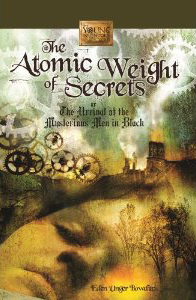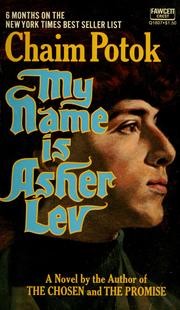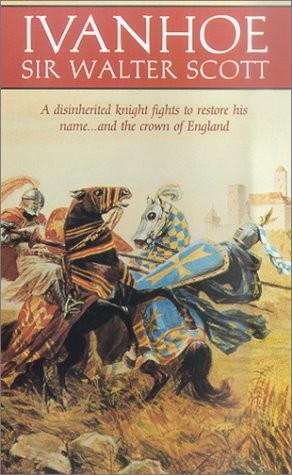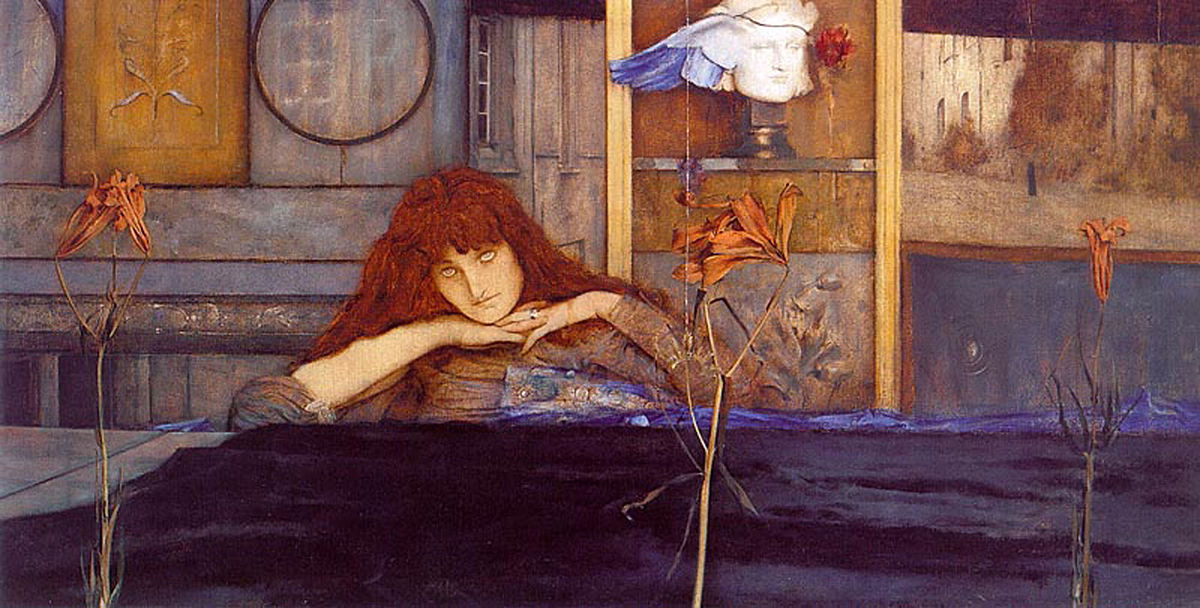The Atomic Weight of Secrets
 …or The Arrival of the Mysterious Men in Black. That’s the whole title, and each chapter is titled in similarly long and complicated form. Every chapter gives you an “or.” It’s perfect for a book so concerned with trying to settle on a right interpretation of events, and so continually thwarted in the attempt.
…or The Arrival of the Mysterious Men in Black. That’s the whole title, and each chapter is titled in similarly long and complicated form. Every chapter gives you an “or.” It’s perfect for a book so concerned with trying to settle on a right interpretation of events, and so continually thwarted in the attempt.
I became interested in this book, first in the planned Young Inventors Guild series, when I read Tanita Davis’s review. Set in 1903, it focuses on five young geniuses, the children of important scientists as well as scientists in their own right, who are abruptly and quite mysteriously separated from their parents and exiled to a farm school near Dayton, Ohio. They have a beautiful and caring teacher, comforting nannies who are excellent cooks (this is one of those stories that make your mouth water with its food descriptions), and a well-equipped laboratory that they use to full advantage. They are also shadowed and guarded by men in black who wear strange costumes and seem not quite human.
What they don’t have is an explanation. Where have their parents gone? Did they go willingly or were they kidnapped? Or were the children kidnapped? Are the men in black protectors or abductors? These are brilliant children, but they’ve become involved in happenings that leave them — and the reader — grasping continually for answers.
It’s true that the novel’s action is slowed by back story. For some readers this interferes with the pacing and seems to drag. But I didn’t mind it. Maybe it’s because the story wasn’t only about the action, but about the children’s experiences with (and without) their parents. The narrative is an admirable balance between entertaining, suspenseful, and interesting on the one hand, and quite sad on the other. We learn that all five children have incredibly self-absorbed parents, busy about their Very Important Work and only glancingly aware of their progeny, long before the strange events of this story. There is an emotional realness that goes to the heart, though it’s managed so well among the other elements of the story that it never tips into dark or morose.
These children are gifted scientists, and their teacher is intimidated at first. But she quickly discovers that their education hasn’t been complete:
“You all know so much,” Miss Brett finally said. “It’s a bit daunting for me. Has anyone else ever felt like Alice trying to chase the White Rabbit?”
To this, she received a sea of blank faces.
“Alice who?” Jasper asked, wondering if Alice had been perhaps a zoologist or small animal veterinarian.
“Why, Alice in Wonderland, from the stories of Lewis Carroll,” Miss Brett said.
“Maybe we didn’t get that story in England,” Jasper said.
“The story comes from England, Jasper. I’m surprised that your parents never read it to you.”
“Read to us? Our parents?”
“Well, what kind of stories do they read to you?” Miss Brett asked.
From the empty expressions on those intelligent faces, Miss Brett knew something was amiss.
Miss Brett’s effort to rectify this neglected aspect of their education is one of my favorite parts of the story, resulting in a conversation between this book and other books, between sense and nonsense, between science and magic and mystery, between caution and faith and love. It’s a richly textured book that leaves enough mystery at the end to make me eager for the next installment in the series.



3 Comments
Page Turner / Heather
This sounds fascinating, but if it’s a series, I might want to wait until several books are published so I could read them all at once. Not a bit impatient, am I.
Amy @ Hope Is the Word
You’ve hooked me, Janet, though ike Heather (and with my track record with series), I might want to wait til several have been published.
Ruth
This sounds really good. I put it on my wish list.